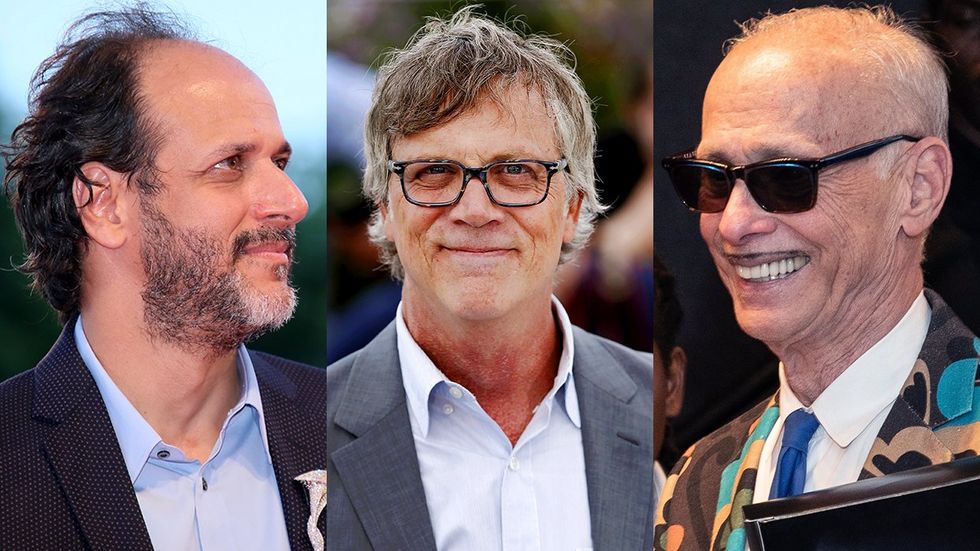Is it possible for a director's personal identity to inextricably shape their artistic vision? Absolutely. The influence of "gay directors" on film, particularly in the development of LGBTQ+ representation, cannot be overstated.
From groundbreaking independent productions to mainstream box office successes, the contributions of gay directors have been pivotal in shaping cinematic narratives and broadening societal understanding. Its not merely about including gay characters or storylines; it's about offering a perspective, a nuanced exploration of the human condition through a lens that has historically been marginalized. These directors have used their art to challenge stereotypes, promote empathy, and reflect the diverse experiences within the LGBTQ+ community.
| Category | Information |
|---|---|
| Name | Various (See article content for examples like Kenneth Anger, George Cukor, Gus Van Sant, etc.) |
| Occupation | Film Director |
| Focus | Often LGBTQ+ themes and perspectives, but not exclusively. Some directors, like George Cukor, worked primarily within mainstream cinema. |
| Key Contributions | Pioneering representation of gay characters and themes in film; challenging societal norms; fostering understanding and empathy. |
| Notable Works | Varies widely depending on the director. Examples mentioned include Anger's "Inauguration of the Pleasure Dome," Fassbinder's "Fox and His Friends," and films by directors focusing on AIDS crisis and gay rights movements. |
| Personal Life | Many were openly gay, using their platform to advocate for LGBTQ+ rights. Others maintained a degree of privacy, navigating the complexities of societal attitudes. |
| Legacy | Established a foundation for future generations of LGBTQ+ filmmakers; broadened the scope of cinematic storytelling; contributed to social and political progress. |
| Further Information | British Film Institute (BFI) |
- Arthur Memes The Aardvark That Wont Quit Hilarious
- David Sanov Alison Sweeneys Husband Career Family


